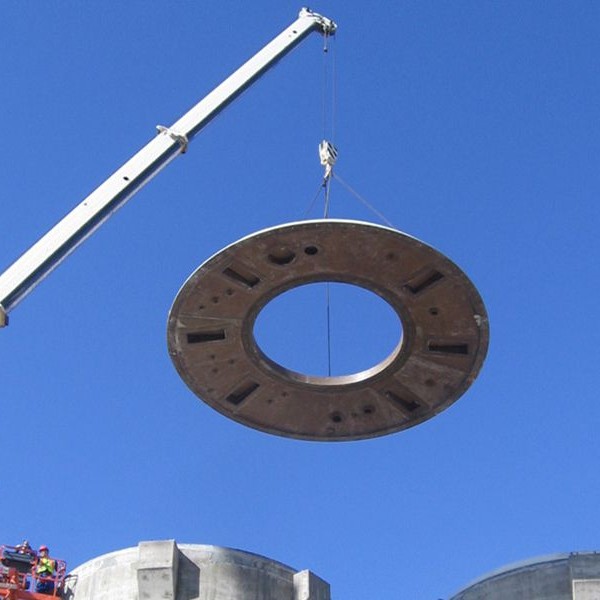
-
 Afrikaans
Afrikaans -
 Albanian
Albanian -
 Amharic
Amharic -
 Arabic
Arabic -
 Armenian
Armenian -
 Azerbaijani
Azerbaijani -
 Basque
Basque -
 Belarusian
Belarusian -
 Bengali
Bengali -
 Bosnian
Bosnian -
 Bulgarian
Bulgarian -
 Catalan
Catalan -
 Cebuano
Cebuano -
 China
China -
 China (Taiwan)
China (Taiwan) -
 Corsican
Corsican -
 Croatian
Croatian -
 Czech
Czech -
 Danish
Danish -
 Dutch
Dutch -
 English
English -
 Esperanto
Esperanto -
 Estonian
Estonian -
 Finnish
Finnish -
 French
French -
 Frisian
Frisian -
 Galician
Galician -
 Georgian
Georgian -
 German
German -
 Greek
Greek -
 Gujarati
Gujarati -
 Haitian Creole
Haitian Creole -
 hausa
hausa -
 hawaiian
hawaiian -
 Hebrew
Hebrew -
 Hindi
Hindi -
 Miao
Miao -
 Hungarian
Hungarian -
 Icelandic
Icelandic -
 igbo
igbo -
 Indonesian
Indonesian -
 irish
irish -
 Italian
Italian -
 Japanese
Japanese -
 Javanese
Javanese -
 Kannada
Kannada -
 kazakh
kazakh -
 Khmer
Khmer -
 Rwandese
Rwandese -
 Korean
Korean -
 Kurdish
Kurdish -
 Kyrgyz
Kyrgyz -
 Lao
Lao -
 Latin
Latin -
 Latvian
Latvian -
 Lithuanian
Lithuanian -
 Luxembourgish
Luxembourgish -
 Macedonian
Macedonian -
 Malgashi
Malgashi -
 Malay
Malay -
 Malayalam
Malayalam -
 Maltese
Maltese -
 Maori
Maori -
 Marathi
Marathi -
 Mongolian
Mongolian -
 Myanmar
Myanmar -
 Nepali
Nepali -
 Norwegian
Norwegian -
 Norwegian
Norwegian -
 Occitan
Occitan -
 Pashto
Pashto -
 Persian
Persian -
 Polish
Polish -
 Portuguese
Portuguese -
 Punjabi
Punjabi -
 Romanian
Romanian -
 Russian
Russian -
 Samoan
Samoan -
 Scottish Gaelic
Scottish Gaelic -
 Serbian
Serbian -
 Sesotho
Sesotho -
 Shona
Shona -
 Sindhi
Sindhi -
 Sinhala
Sinhala -
 Slovak
Slovak -
 Slovenian
Slovenian -
 Somali
Somali -
 Spanish
Spanish -
 Sundanese
Sundanese -
 Swahili
Swahili -
 Swedish
Swedish -
 Tagalog
Tagalog -
 Tajik
Tajik -
 Tamil
Tamil -
 Tatar
Tatar -
 Telugu
Telugu -
 Thai
Thai -
 Turkish
Turkish -
 Turkmen
Turkmen -
 Ukrainian
Ukrainian -
 Urdu
Urdu -
 Uighur
Uighur -
 Uzbek
Uzbek -
 Vietnamese
Vietnamese -
 Welsh
Welsh -
 Bantu
Bantu -
 Yiddish
Yiddish -
 Yoruba
Yoruba -
 Zulu
Zulu
frp manhole cover
The Rise of FRP Manhole Covers Innovation in Urban Infrastructure
In urban infrastructure, manhole covers play a crucial role in maintaining safety and functionality. Traditionally made of cast iron, these covers are often heavy, prone to theft, and susceptible to rust and corrosion. However, the introduction of Fiber Reinforced Polymer (FRP) manhole covers is revolutionizing this essential component of city planning, paving the way for a more reliable and sustainable solution.
The Composition of FRP
FRP is a composite material formed by combining a plastic matrix with reinforcing fibers, typically glass or carbon. This innovative material boasts a high strength-to-weight ratio, making it significantly lighter than traditional cast iron. As cities grapple with the challenges posed by aging infrastructure and the need for maintenance efficiency, FRP manhole covers present an appealing alternative due to their durability and performance advantages.
Advantages of FRP Manhole Covers
1. Lightweight and Easy to Handle One of the most notable benefits of FRP manhole covers is their reduced weight. Weighing up to 75% less than cast iron covers, they are easier for maintenance personnel to handle, reducing the risk of injury and streamlining operations during installation and repairs.
2. Corrosion Resistance Unlike metal counterparts, FRP covers are not susceptible to rust or corrosion. This property extends their lifespan, making them a cost-effective solution in the long run. In regions with high humidity or exposure to aggressive chemicals, FRP manhole covers outperform traditional materials significantly.
3. Theft Deterrence The lightweight nature of FRP doesn't mean it's easy to steal; in fact, the composition makes them less appealing to scrap metal thieves. This attribute not only helps reduce theft-related losses but also ensures that the infrastructure remains intact and functional.
4. Customization and Aesthetic Appeal FRP can be molded into various shapes and colors, allowing for customization according to local specifications or aesthetic desires. This flexibility can enhance urban landscapes while fulfilling safety and practical requirements.
frp manhole cover

5. Environmental Impact With increasing emphasis on sustainability, FRP manhole covers often utilize recycled materials in their production. This choice contributes to a reduced carbon footprint, aligning with contemporary environmental goals in urban planning and development.
Challenges and Considerations
Despite their advantages, the adoption of FRP manhole covers is not without challenges. The initial cost of FRP materials can be higher than traditional options, potentially deterring immediate investment. However, when considering the long-term savings related to maintenance, theft prevention, and longevity, the overall value proposition becomes more evident.
Additionally, there may be concerns about structural integrity under heavy loads or in areas with significant vehicular traffic. Manufacturers are addressing these concerns by subjecting FRP covers to rigorous testing and certification processes to ensure they meet or exceed industry standards.
Future Prospects
As cities continue to evolve and the demand for innovative materials grows, FRP manhole covers are poised to become increasingly prevalent. Their ability to address common challenges associated with traditional materials presents a compelling case for cities striving to improve infrastructure while being mindful of safety and sustainability.
As urban planners and engineers explore the possibilities of composite materials, the future of manhole covers may well be shaped by the ongoing advancements in FRP technology. The benefits of FRP not only improve the functionality of urban environments but also contribute to a more sustainable future, demonstrating how innovation can drive positive change in infrastructure design.
In conclusion, the shift towards FRP manhole covers represents a significant advancement in urban infrastructure solutions, addressing many challenges faced by city planners today. As this trend continues to grow, we can expect to see smarter, safer, and more sustainable cities emerge, benefiting both residents and the environment alike.









